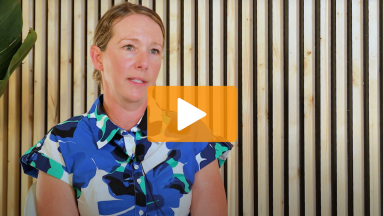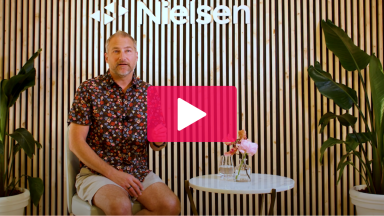Advertisers and those who measure the impact of advertising are obsessed with memory. If advertising is to be successful, it has to stick in the consumer’s memory—or so the saying goes. But what exactly is that thing called memory, how long does it linger, and how do we measure it?
At the first level, memory can be divided into two types: Explicit memory, which refers to information we are aware of (the facts and events we can consciously access), and implicit memory, which refers to information we’re not consciously aware of (it’s stored in our brain and can affect behavior, but we can’t recall it). Explicit memory can be further divided into episodic memory and semantic memory. Episodic memory is the memory of an event in space and time—it includes other contextual information present at that time. On the other hand, semantic memory is a more structured record of facts, meanings, concepts and knowledge that is divorced from accompanying episodic details.
How do these various types of memories come in play in advertising? Advertising memories that we retrieve through standard recall and recognition cues are episodic. Here are a few questions that researchers might use to retrieve those memories: What brand of smartphone did you see advertised on TV last night? Do you recall if it was a Samsung Galaxy S7 or an iPhone 7? What if I told you it aired during last night’s episode of Madam Secretary? What if I told you it featured a father shooting a video of his young daughter playing a scene in Romeo and Juliet? But very often, consumers cannot tell us exactly how they came to know what they know about a brand. They know that Coca-Cola is refreshing, for instance, but cannot tell us exactly how they first came by that information. Was it an ad they saw, a word from a friend, a personal experience? That memory is semantic. Unconscious associations (such as a non-accessible childhood experience of drinking Coca-Cola during a hot summer) create implicit memories that can continue to affect brand preferences much later in life.
Memory is a complex concept, with different types of memories serving different roles, and the nature and content of our memories changes over time. If consumers can’t remember what they saw last night without a prompt, but something they saw years ago still has an effect on them, it’s important that we, as researchers, gain a better understanding of the impact that time has on memory.
Research tells us that memories start to decay immediately after they’re formed. That decay follows a curve that is very steep at the beginning (the steepest rate of decay occurs in the first 24 hours) and levels off over time. In a controlled experiment, Nielsen tested the memorability of 49 video ads immediately after consumers were exposed to them in a clutter reel, and we tested that memorability again the day after exposure (among a separate group of people). Levels of branded recognition had fallen nearly in half overnight. This isn’t just happening in the lab: Nielsen’s in-market tracking data shows similar patterns.
Does this rapid decay of memory spell doom for the ad industry? Not at all. The fact that a specific memory can’t be recalled doesn’t mean that it’s fully gone. For one, relearning explicit information that is almost fully forgotten is much faster than learning it the first time around. Practice (repetition) indeed makes perfect—and can help create durable memories. In addition, the most striking revelation of a decay curve is not the steep decline at the start, but rather the leveling-off that occurs over the long term. We studied brand memorability decay over a longer period of time for a number of digital video ads recently, and while recall dropped for all ads by 50% in the first 24 hours (as was the case in our earlier study), it still stood at that same 50% level five days later for half of the brands.
What does this tell us about measuring memory? First, that time between exposure and measurement matters. The 24 hours mark is ideal because that’s the point where the memory curve starts to flatten. Second, that advertising memories are encoded in context (asking questions about the show in which the ad aired, for instance, is going to help consumers remember that ad). Finally, that memories can endure—either via repetition for explicit types of memories, or via implicit internalization.
To help advertisers in today’s cluttered advertising environment, researchers need to measure memory in all its forms. At Nielsen, we capture important performance metrics for ad memorability using carefully crafted surveys, and those surveys are conducted in a way that produces reliable benchmarks for the industry. And with the tools of neuroscience*, we can now measure brain activity during exposure and monitor both explicit and implicit memory systems with second-by-second granularity. Together, these different research techniques are helping us better understand the nature of memories—and how memories and advertising come to interact.
*See From theory to common practice: consumer neuroscience goes mainstream in VOL 1 ISSUE 2 of the Nielsen Journal of Measurement.


